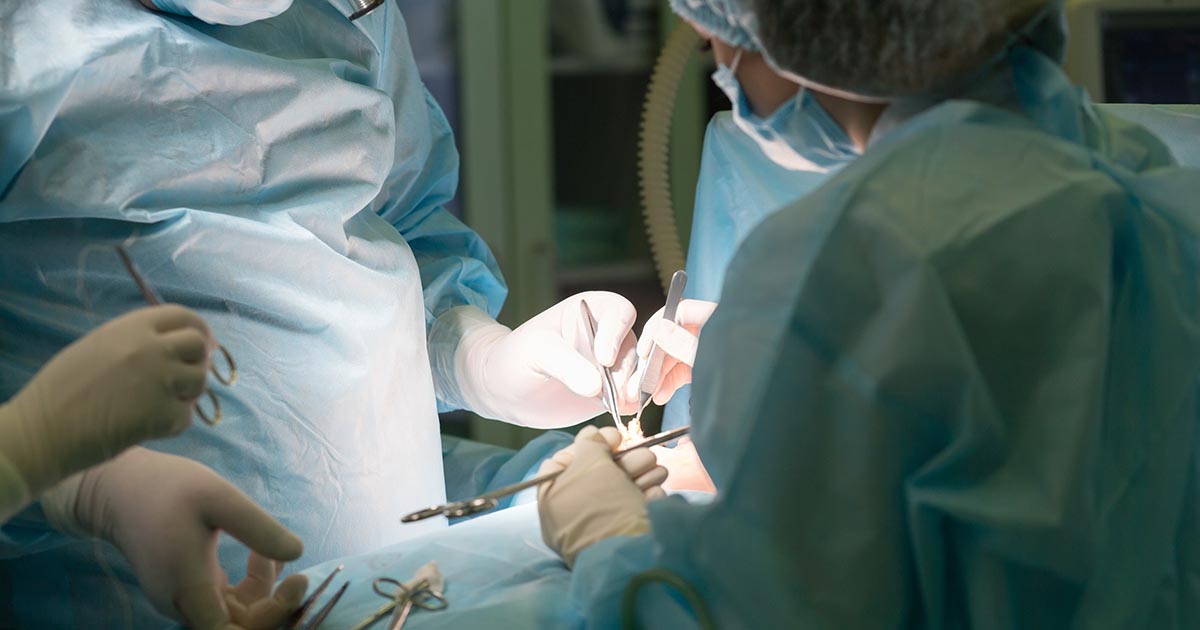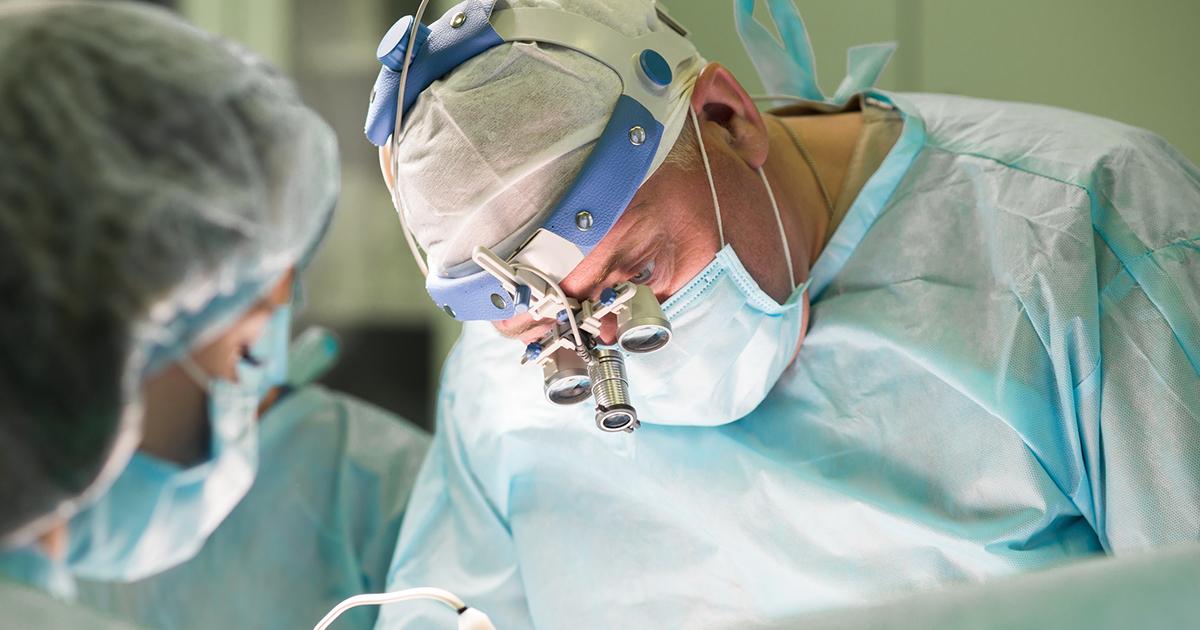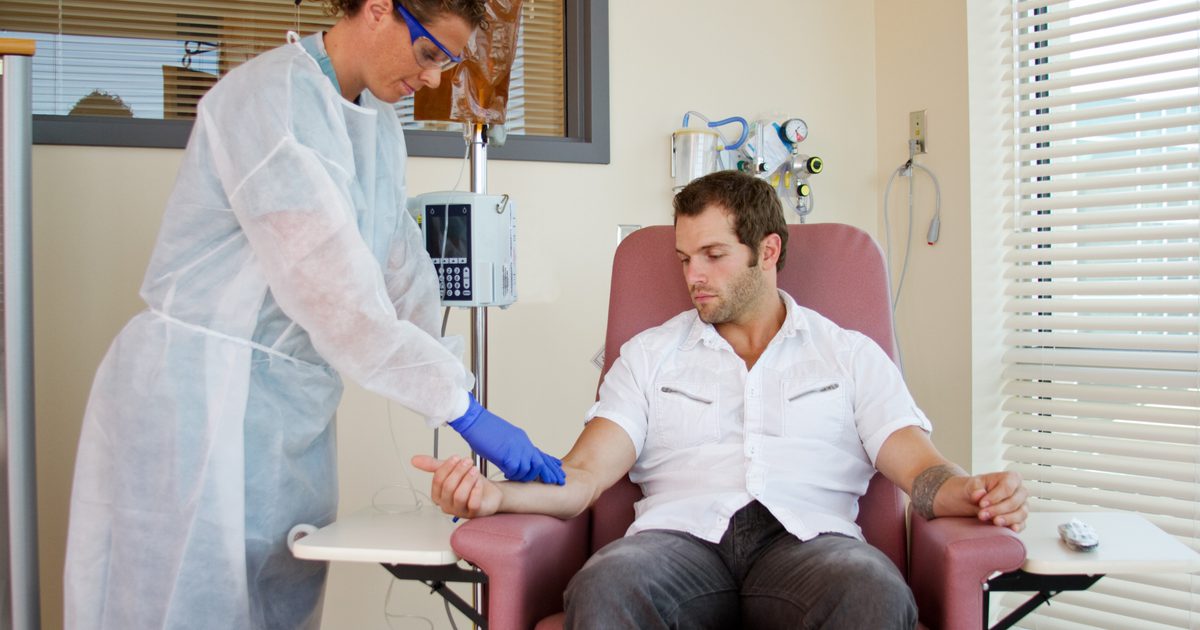Treatment Options For Glioblastoma
Among all primary malignant brain tumors affecting the central nervous system and brain, glioblastoma is the most common, accounting for sixteen percent of cases. Glioblastoma is an aggressive form of cancer that develops from astrocytes, a type of cell that lends support to nerve cells. Older adults most often develop this cancer, but individuals of all ages can experience it. When this cancer is present, it may cause worsening nausea, seizures, headaches and vomiting. It is often not possible to cure this cancer and treating it may be difficult. However, patients do have options that may help alleviate the symptoms to promote comfort and slow the progression. Doctors may prescribe more than one treatment to best target glioblastoma. Look into common treatment options now.
Radiation Therapy

Radiation therapy is among the most frequently used treatment options for glioblastoma. This therapy kills cancer cells through the use of protons or X-rays. For many patients, this treatment is used following surgery to either fully remove or debulk the tumor. Doctors may recommend external beam radiation, meaning the patient lies on a table and targeted beams are focused on the tumor’s location. This therapy is typically given five days a week for ten to thirty treatment sessions.
Radiation is typically considered to prolong survival rates and improve the outcome for patients compared to surgery alone. Doctors may also recommend radiosurgery if the patient’s glioblastoma is recurring. This allows them to focus radiation on the tumor more precisely, so the healthy surrounding tissues do not receive as much radiation. This is not often used for initial glioblastoma treatment.
Craniotomy

To access the tumor, surgeons have to first perform a craniotomy. During this surgery, the surgeon removes a portion of the skull bone so they can see the patient's brain. The removed section is referred to as the bone flap. After the surgery, the flap is put back into place and secured. In some cases, the surgeon might use CT scanning or an MRI to guide them through the procedure. This is especially important when they need to get to a particular part of the brain to provide treatment.
To use imaging with this procedure, the surgeon uses either markers placed superficially on the scalp or a frame. The combination of surgery with imaging might be used to get a biopsy to assess the tumor or to differentiate between healthy tissue and the tumor. Surgeons will also do this surgery as part of a tumor debulking or removal surgery. There are different craniotomy types, and the best one ultimately depends on tumor location.
Tumor Removal

Surgeons focus on removing the whole tumor, but this is not always possible due to the surrounding brain tissue being possibly injured during removal. The normal brain tissue is often critical for neurological function, so if damage is done during surgery, it could negatively impact the patient’s ability to walk, speak, and perform other similar functions. Because of this, surgeons may debulk the tumor instead of attempting full tumor removal. This removes as much as possible without risking the normal tissue surrounding the tumor. Removing a portion of it could help improve quality of life, or in some cases, lengthen a patient’s life. Debulking the tumor can help to decrease intracranial pressure and remove the cells at the tumor’s center that may be resistant to chemotherapy and radiation treatments. To perform this surgery, the surgeon must first remove a portion of the skull to gain access to the tumor.
Chemotherapy

Chemotherapy is a common treatment, and it is often used with surgery and radiation for glioblastoma. For the first incidence of this cancer, patients may have chemotherapy put directly into the affected area of the brain. This is done via surgery, and the medicines are in the form of circular thin wafers. The medicines slowly release as the wafer dissolves, killing the cancer cells. Following surgery, temozolomide, an oral medication, might be considered. It is usually prescribed after the patient undergoes radiation, or during a radiation regimen. Patients will work with their doctors to determine which of these options may be helpful. If a patient has a glioblastoma that recurs, other medicines can be used. In most cases, with recurring glioblastoma, chemotherapy is administered intravenously and may be used with radiation.
Targeted Therapy

For some patients, targeted therapy might be beneficial. This treatment is focused on specific cancer cell abnormalities that make it possible for the cells to thrive and grow. These therapies help kill the cancer cells by attacking these abnormalities. A medication called bevacizumab is a common targeted treatment for glioblastoma because it can focus on the signals the cells of this cancer send to tell the body to create new blood vessels that will serve the tumor. With these blood vessels, the cancer cells are getting the nutrients and blood they require to live. By stopping these signals, bevacizumab essentially helps to starve the cells, allowing them to die. It is administered intravenously. The frequency and dosage depend on several factors, such as the patient’s cancer stage, general health, and the other treatments they are receiving.
